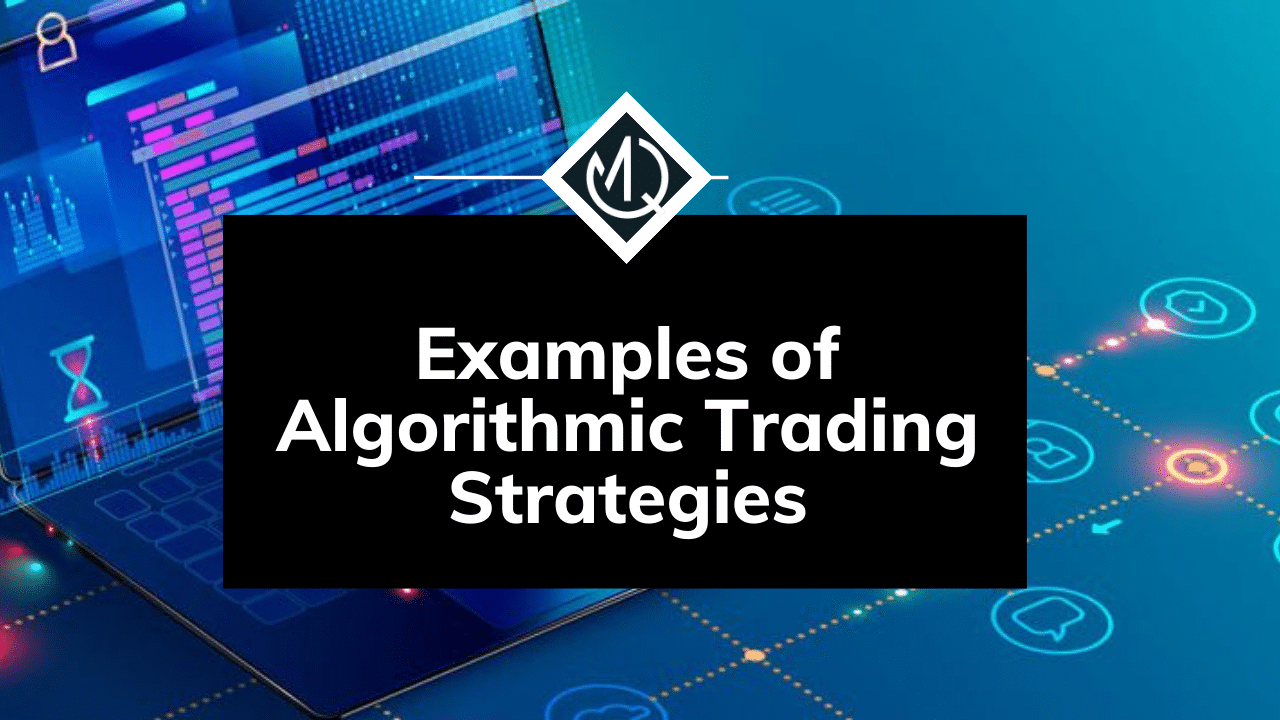Artificial Intelligence (AI)-Based Algorithmic Trading Strategies: A Guide for Investors
Algorithmic trading is a type of automated trading that uses computer programs to execute trades based on pre-defined rules. This can be done in stock markets, futures markets, and other financial markets. AI-based algorithmic trading strategies take this a step further by using artificial intelligence (AI) to help make trading decisions.

AI-based algorithmic trading strategies can be used to trade a wide variety of financial instruments, including stocks, bonds, commodities, and currencies. They can also be used to trade on different time frames, from intraday trading to long-term investing.
There are a number of benefits to using AI-based algorithmic trading strategies. These include:
- Speed: AI-based algorithms can execute trades much faster than human traders. This can be a significant advantage in fast-moving markets.
- Accuracy: AI-based algorithms can be programmed to make trades based on a wide variety of factors, including historical data, technical indicators, and fundamental analysis. This can help to improve the accuracy of trading decisions.
- Automation: AI-based algorithms can be used to automate trading strategies, which can free up human traders to focus on other tasks.

However, there are also some risks associated with using AI-based algorithmic trading strategies. These include:
- Complexity: AI-based algorithms can be complex and difficult to understand. This can make it difficult to debug and troubleshoot problems.
- Lack of transparency: AI-based algorithms are often black boxes, which means that it can be difficult to understand how they make trading decisions. This can make it difficult to assess their performance and to identify potential risks.
- Regulation: The use of AI-based algorithmic trading strategies is still relatively new, and there is limited regulation in this area. This can create uncertainty and make it difficult to comply with all applicable laws and regulations.
Despite the risks, AI-based algorithmic trading strategies can be a powerful tool for investors. By carefully considering the benefits and risks, investors can use AI-based algorithmic trading strategies to improve their trading performance.
:max_bytes(150000):strip_icc()/dotdash_Final_Algorithmic_Trading_Apr_2020-01-59aa25326afd47edb2e847c0e18f8ce2.jpg)
How Do AI-Based Algorithmic Trading Strategies Work?
AI-based algorithmic trading strategies typically use a combination of technical analysis and fundamental analysis to make trading decisions. Technical analysis involves the study of historical price data to identify trends and patterns. Fundamental analysis involves the study of economic data, company financial statements, and other factors to assess the value of a security.
AI-based algorithms can be used to implement a variety of trading strategies, including:
- Trend following: This strategy involves buying assets that are trending up and selling assets that are trending down.
- Mean reversion: This strategy involves buying assets that are undervalued and selling assets that are overvalued.
- Momentum: This strategy involves buying assets that are experiencing a sudden increase in price and selling assets that are experiencing a sudden decrease in price.
- Pairs trading: This strategy involves trading two assets that are closely correlated with each other.
- Order flow trading: This strategy involves trading based on the order flow, or the volume and price of orders that are being placed on the market.
What Are the Benefits of Using AI-Based Algorithmic Trading Strategies?
There are a number of benefits to using AI-based algorithmic trading strategies, including:

- Speed: AI-based algorithms can execute trades much faster than human traders. This can be a significant advantage in fast-moving markets.
- Accuracy: AI-based algorithms can be programmed to make trades based on a wide variety of factors, including historical data, technical indicators, and fundamental analysis. This can help to improve the accuracy of trading decisions.
- Automation: AI-based algorithms can be used to automate trading strategies, which can free up human traders to focus on other tasks.
What Are the Risks of Using AI-Based Algorithmic Trading Strategies?
There are also some risks associated with using AI-based algorithmic trading strategies, including:

- Complexity: AI-based algorithms can be complex and difficult to understand. This can make it difficult to debug and troubleshoot problems.
- Lack of transparency: AI-based algorithms are often black boxes, which means that it can be difficult to understand how they make trading decisions. This can make it difficult to assess their performance and to identify potential risks.
- Regulation: The use of AI-based algorithmic trading strategies is still relatively new, and there is limited regulation in this area. This can create uncertainty and make it difficult to comply with all applicable laws and regulations.
How to Choose the Right AI-Based Algorithmic Trading Strategy
When choosing an AI-based algorithmic trading strategy, it is important to consider a number of factors, including:

- Your investment goals: What are you hoping
Post a Comment